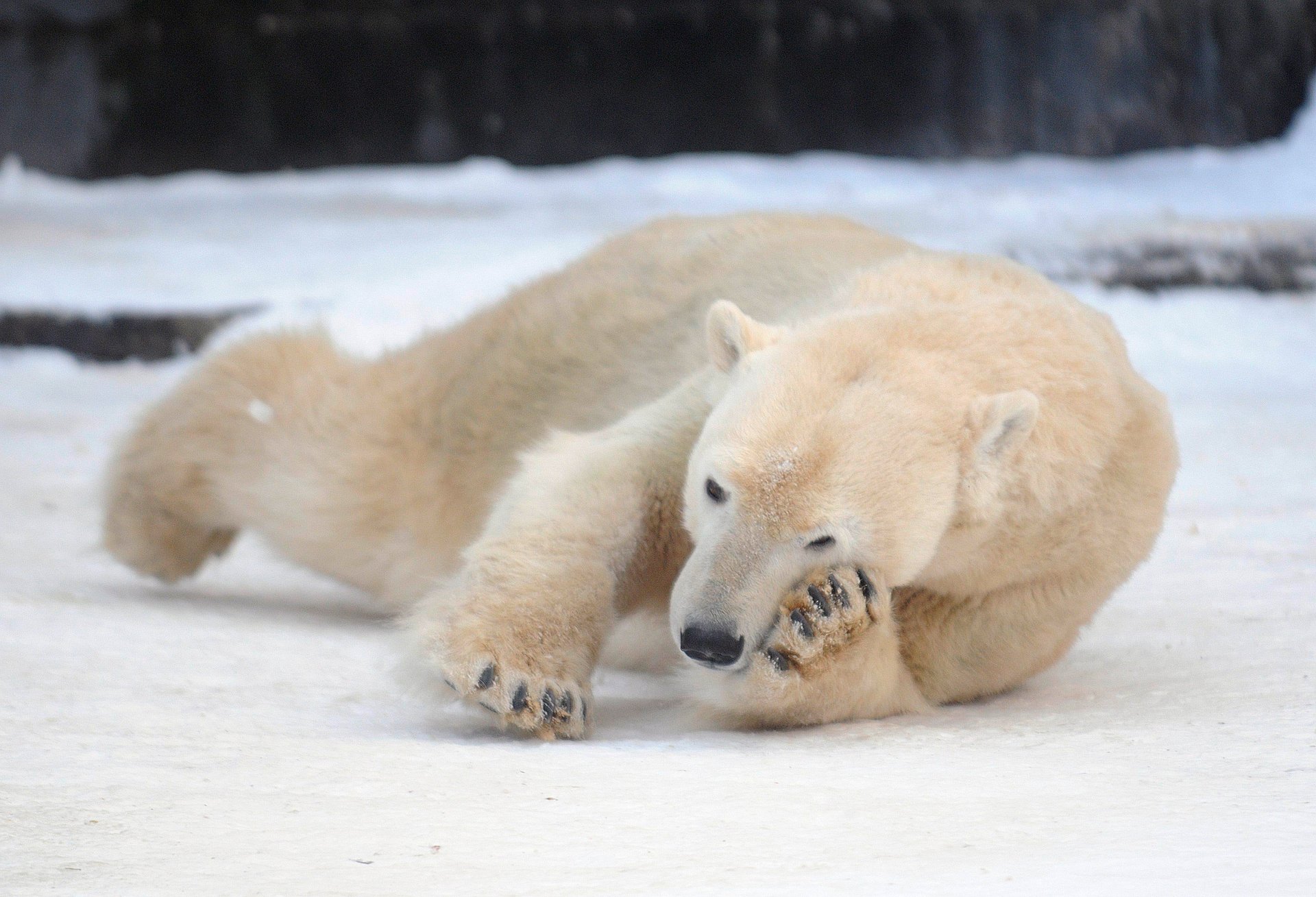Melting ice may not starve polar bears to death
Researchers at the American Museum of Natural History are suggesting that when it’s no longer possible for polar bears to hunt seals, the bears could transition to eating caribou and snow geese to meet their caloric needs.


Researchers at the American Museum of Natural History are suggesting that when it’s no longer possible for polar bears to hunt seals, the bears could transition to eating caribou and snow geese to meet their caloric needs.
Describing their conclusions in a PLOS One paper published in June and touted last week by the museum (Sept. 4), ecologists Linda Gormezano and Robert Rockwell argue that scientists are underestimating how much food will be available for the bears in future years, when a lack of ice confines them to land for longer periods of time. Polar bears that live on the coast of the western Hudson Bay, they say, can likely access ample food on land from caribou and snow geese.
“Polar bears in Manitoba have been reported ambushing caribou with the same energetically low-cost techniques they typically use to hunt seals,” according to a museum press release. “The similar size of these two prey species means that bears would need to hunt for caribou only as often as they would usually hunt for seals.” Snow geese eggs, which provide comparatively little energy but also require very little energy to obtain, are another abundant food source. ”If polar bears can transition their foraging behavior to effectively exploit these resources,” Gormezano and Rockwell write, “predictions for starvation-related mortality may be overestimated for western Hudson Bay.”
The museum dispatched these findings optimistically, offering a counter-narrative to the prevailing doom long advertised for polar bears. But when part of Gormezano and Rockwell’s work was featured in a lengthy New York Times article last year, about the bears’ new taste for goose eggs, other scientists were cynical about the implications.“There is the potential for some number of polar bears to offset some of their nutritional losses by taking advantage of goose eggs,” Steven Amstrup, the chief scientist at Polar Bears International, told the Times, but “it’s not reasonable to expect there’s going to be some great salvation of polar bears.”
A study commissioned by the US Geological Survey (USGS) earlier this year (and co-authored by Amstrup) reiterated that eating geese and goose eggs is not yet a widespread behavior for polar bears and, furthermore, in the areas where such feeding has been documented, “polar bear body condition and survival rates have declined.” The USGS report also argued that the land polar bears will be hunting on in the future is already occupied by brown bears—and, by the way, those bears ”are some of the smallest of their species due to low food quality and availability.”
Amstrup and the USGS scientists, however, did not mention caribou. Perhaps that still leaves hope for the polar bear diet of the future.